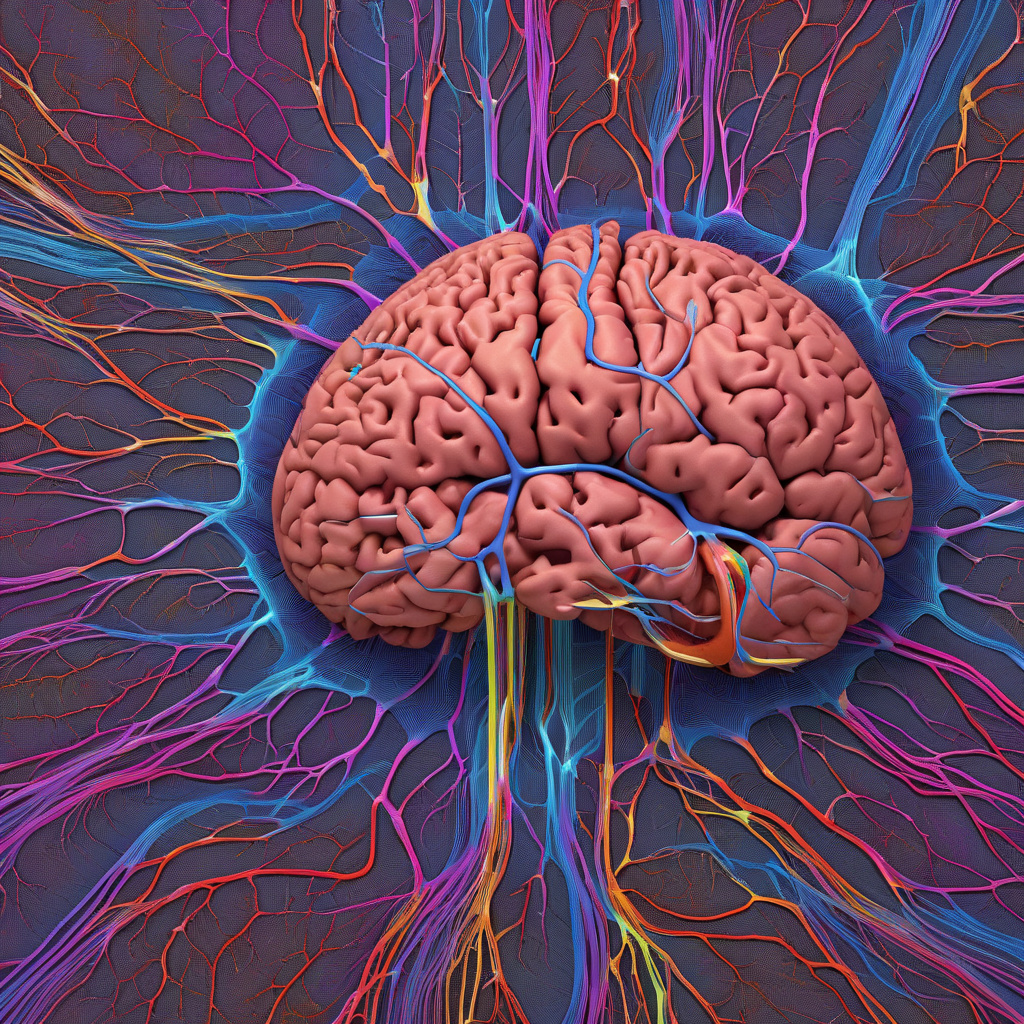AI Revolutionizes Neuroscience: Mapping 1,300 Mouse Brain Subregions with Unprecedented Precision
The field of neuroscience is experiencing a groundbreaking shift with the introduction of a new artificial intelligence tool that is revolutionizing the way scientists study the brain. This cutting-edge technology has the capability to delineate over 1,300 mouse brain subregions with city-level precision, providing researchers with a level of detail and accuracy that was previously unimaginable.
The significance of this achievement cannot be overstated. The brain is one of the most complex and enigmatic organs in the human body, and understanding its inner workings is crucial for advancing our knowledge of neurological function and addressing various diseases and disorders that affect the brain. By being able to map the mouse brain with such unprecedented precision, scientists now have a powerful tool at their disposal to delve into the intricate details of brain structure and function.
Traditionally, studying the brain has been a laborious and time-consuming process, often requiring researchers to manually delineate brain regions based on limited data. This new AI tool changes the game by automating the mapping process and providing a level of detail and accuracy that surpasses human capabilities. By leveraging the power of artificial intelligence, scientists can now study the brain in ways that were previously not possible, opening up new avenues of research and discovery.
One of the key advantages of this AI tool is its ability to identify subtle differences between brain regions that may have important implications for understanding brain function and disease. By mapping the mouse brain with such precision, researchers can now explore how different regions of the brain interact with each other and how disruptions in these interactions may contribute to neurological disorders such as Alzheimer’s disease, Parkinson’s disease, and schizophrenia.
Moreover, the implications of this technology extend beyond basic research to clinical applications. By gaining a better understanding of the brain at the subregion level, scientists may be able to develop more targeted and effective treatments for a wide range of neurological conditions. This could lead to significant advancements in the field of neurology and ultimately improve the lives of millions of people around the world who are affected by brain-related disorders.
In conclusion, the advent of this new AI tool represents a major milestone in the field of neuroscience. By mapping over 1,300 mouse brain subregions with unprecedented precision, scientists now have a powerful new tool for studying brain function and disease. This technology has the potential to reshape our understanding of the brain and pave the way for new discoveries and innovations in the field of neuroscience. The future of brain research looks brighter than ever, thanks to the transformative power of artificial intelligence.
neuroscience, AI, brain mapping, precision, research












